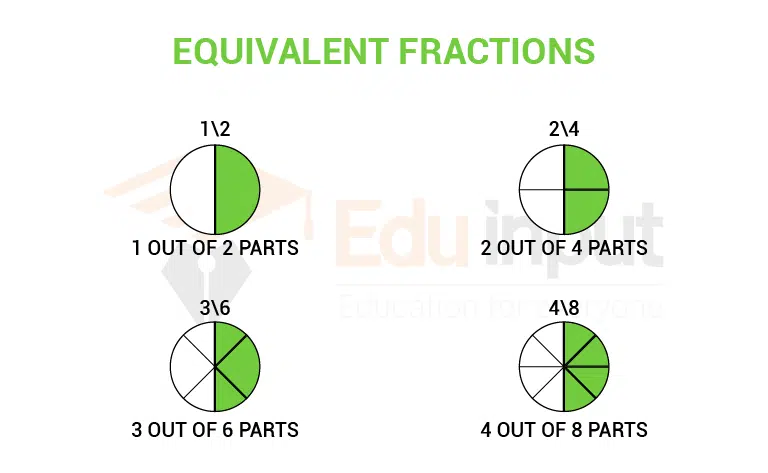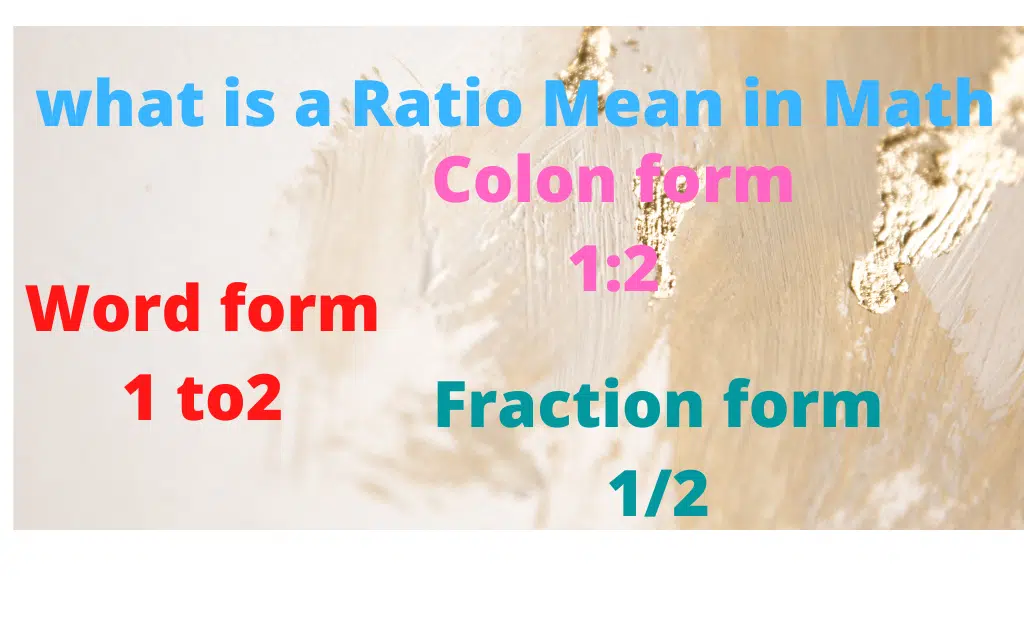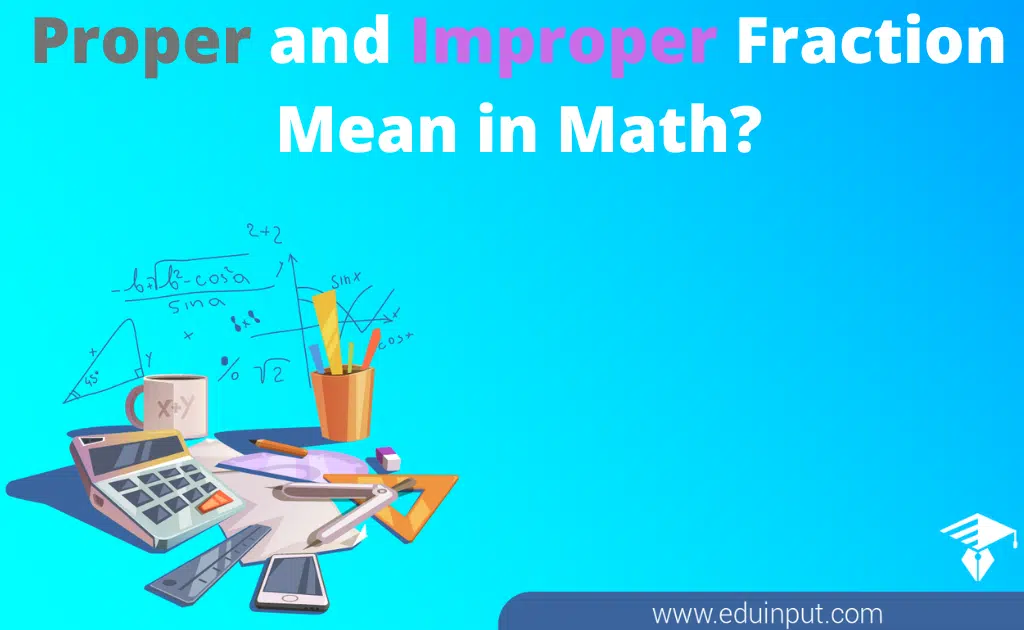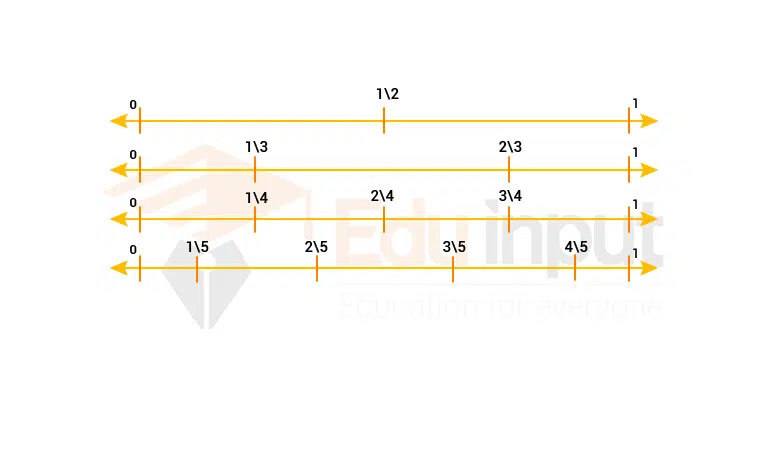Equivalent Fraction Mean in Math
Equivalent fractions can be defined as fractions that may have distinct numerators and denominators but they denoted the same value. There are different types of fractions. In this article, we will discuss the equivalent fraction.
For example, 5/25 and 4/20 are equivalent fractions because both are equal to 1/5 when simplified.
Equivalent Fraction Mean in Math
Two or more fractions are said to be equivalent fractions if they are equal to the same fraction when simplified.
For example:
3/6 and 5/10 are equivalent fractions because both are equal to 1/2 when simplified.
Equivalent fraction example
1/2, 2/4, 3/6, and 4/8 are equivalent fractions. Let us see how their values are equal. We will denote each of these fractions as circles with shaded parts.
It can be seen that the shaded parts in all the figures denote the same portion if seen as a whole.

How to calculate the equivalent fraction?
Equivalent fractions can be written by dividing or multiplying both the denominator and the numerator by the same number.
This is the reason why these fractions get reduced to the same number when they are simplified. Let us understand the two methods in which we can make equivalent fractions:
- The same number multiply by the nominator and denominator.
- The same number dividing by the nominator and denominator.
The same number multiply by the nominator and denominator.
To calculate the equivalent fractions for any given fraction, multiply the numerator and the denominator by the same number.
For example; to calculate an equivalent fraction of 5/7, multiply the numerator 5 and the denominator 7. We can calculate some other equivalent fractions by multiplying the numerator and the denominator of the given fraction by the same number.
- 5/7=5×3/7×3=15/21
- 5/7=5×4/7×4=20/28
- 5/7=5×5/7×5=25/35
Thus, the equivalent fractions of 5/7 are 15/21, 20/28, 25/35,
Divide the numerator and denominator by the same number.
To calculate the equivalent fractions for any given fraction, divide the numerator and the denominator by the same number.
For example, to calculate an equivalent fraction of 84/108, we will first calculate their common factors. We know that 2 is a common factor of both 84 and 108. Hence, an equivalent fraction of 84/108 can be found by dividing its numerator and denominator by 2. Thus, 42/54 is an equivalent fraction of 84/108.
- 2 is a common factor of 42 and 54.
- Thus, 42/54=42÷2/54÷2=21/27
- Again, 3 is a common factor of 21 and 27.
- Thus, 21/27=21÷3/27÷3=7/9
Therefore, a few equivalent fractions of 84/108 are 42/54, 21/27, and 7/9.






Leave a Reply